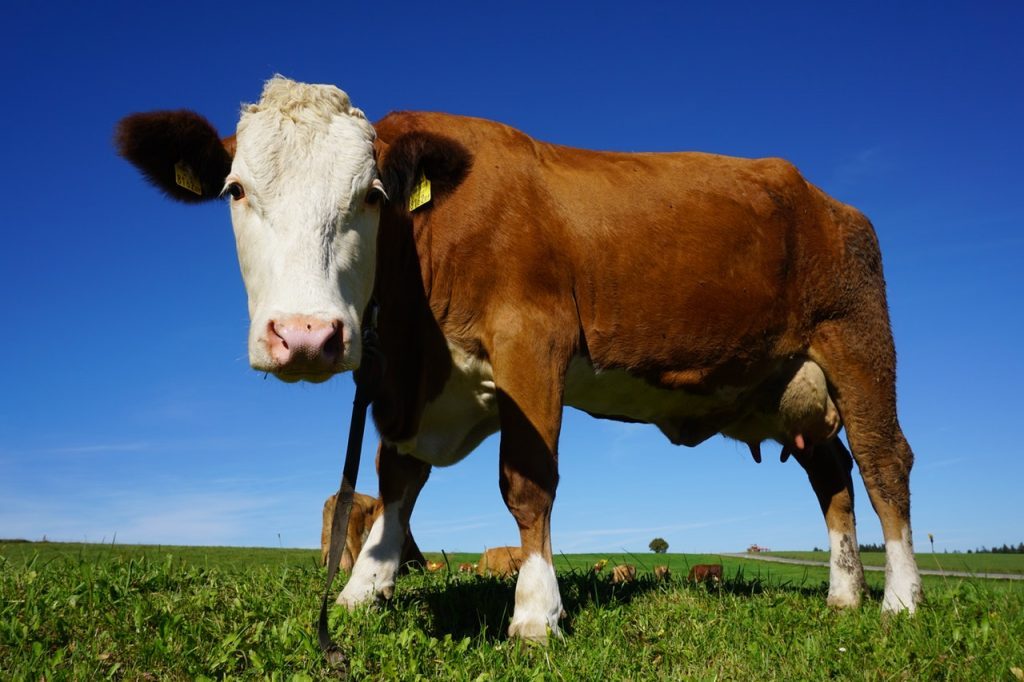
A WSJ review of the book Clean Meat proposes that beef and other meat may be lab-grown as opposed to produced “on the hoof.” Clearly the ability to grow animal muscle from a few cells into meat for the kitchen is a significant technological advance. But it raises some fairly interesting questions that may shuffle the divides in our approach to animal consumption.
Disclaimer: I try to select a plant based diet for health reasons. In doing this I encounter a number of others who have come to that conclusion for other reasons. There are folks who see this as a key to reducing the human carbon (and methane) footprint. Cows stink when it comes to environmental impact and methane is worse for the ozone layer and climate change than CO2 as I understand it. There is a community of folks who recognize animal rights in various ways, and avoid eating things produced by animals (including eggs, milk, and honey in some cases). There are persons who follow religious guidelines that prohibit some or all animal products. All of these folks are comfortable with the consumption of plant based foods.
So where does beef produced in a lab fall in these buckets?
I will defer on the religious grounds, that is something the leaders of those communities must consider. On the surface, my health based concerns remain. It is not the GMO aspect, nor the use of antibiotics that are primary for me, it is the statistics associated with the top 20 causes of death in the U.S. It will be a while before we see statistical results in these areas.
But what of the animal rights perspective? Granted, the methods today involve at least a biopsy from one animal, perhaps more. But from that point on, in theory, no harm will come to additional animals. Presumably some people will find this approach to be acceptable. We will see.
The community of people concerned about the environmental “hoof-print” of livestock may find this a real technological solution to a global problem. While some evaluation is needed to sort out the impact of lab-beef, it presumably will involve less transportation, less feed, less water, less water used to grow feed, less antibiotics, less pesticide on feed crops, less fertilizer for crops, etc. Significant amounts of land are used to raise these crops and for the livestock. Here it would appear to be no-brainier. For many of the major players in this space, it is costs that will drive the decisions. Once the tipping point is reached, there will be a stampede to grow beef closer to the consumer and eliminate all of the intermediate steps involved.
What this also does is reduce the demand for a number of ranchers, cowboys (yes, I’ve been caught behind a cattle drive in this century), slaughter houses, feed lots, shipping, and even local butcher stores — including the thousands of employees in this supply chain.
As they say, you can’t make an omelet without breaking some eggs. Or can you?






 JOIN SSIT
JOIN SSIT